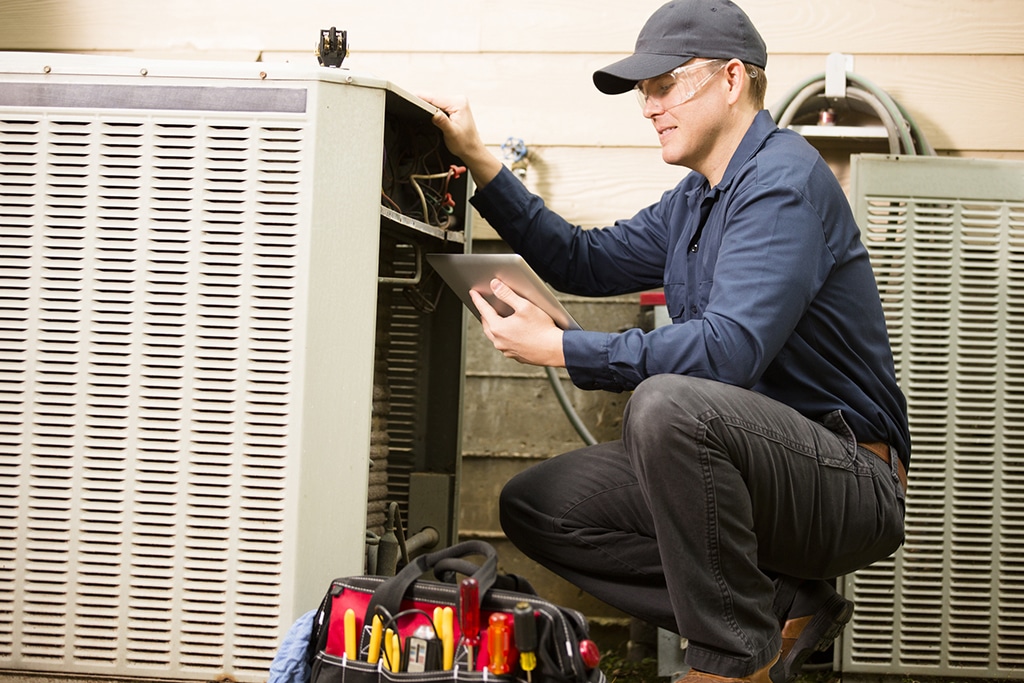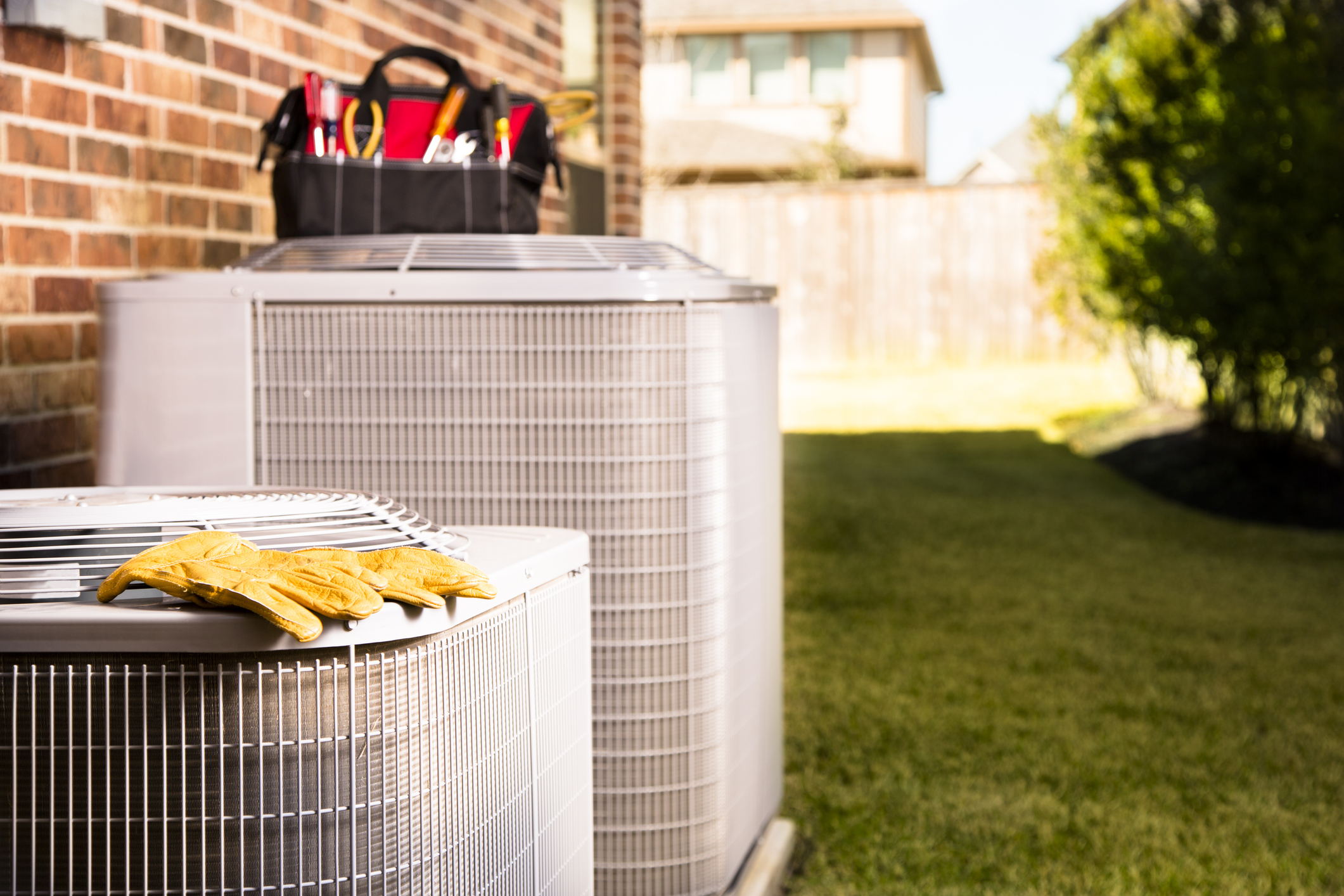Considering the intricacies of cooling down old abodes, cooling installation for historical homes positions peculiar predicaments.
Exactly how can you protect the integrity of duration buildings while ensuring superior indoor comfort?
Decipher the enigmatic interaction between modern-day air conditioning conveniences and classic building treasures in the adhering to conversation.
Secret Takeaways
- Preserve historic beauty with appropriate products and expert support.
- Update electrical systems for modern HVAC compatibility and security.
- Check out portable cooling alternatives like mini-split or high-velocity systems.
- Enhance power performance through insulation, wise thermostats, and maintenance.
Historic Considerations
When taking into consideration the installment of air conditioning in a historic home, it is necessary to comprehend the unique historical elements of the residential or commercial property. Remediation difficulties typically occur when attempting to blend modern comfort with protecting the historical integrity of the home. The building influence of installing a/c need to be carefully reviewed to see to it that the system doesn't diminish the home's initial style.
Protecting the historic charm of a home while upgrading its services can be a fragile equilibrium. Reconstruction difficulties might consist of discovering methods to conceal ductwork, situating very discreet areas for the outside device, or adjusting the system to fit within the existing architectural restraints. It's essential to work with professionals experienced in historic home remodellings to navigate these difficulties successfully.
The building effect of including air conditioning can be considerable. Cautious consideration has to be offered to just how vents, thermostats, and other components will certainly mix with the home's visual. Ensuring that the installation does not endanger the historic stability of the residential property is paramount when embarking on such a project in a historical home.
Reviewing Electrical Solutions
To assure an effective setup of cooling in a historical home, assessing the compatibility and capability of the existing electrical systems is crucial. Prior to proceeding with the setup, it is essential to assess whether the electrical system can take care of the extra load that the air conditioning system will certainly present. Sometimes, upgrading the voltage of the electrical system might be essential to make sure it can power the brand-new air conditioning system efficiently.
System compatibility is another key variable to assess when evaluating the electrical setup of a historic home. Older electric systems might not work with modern a/c devices, which can bring about breakdowns or perhaps pose safety hazards. Ensuring that the electrical system works with the brand-new air conditioning devices will certainly assist prevent any potential concerns down the line.
Space Constraints and Ductwork Options
When managing minimal area in your historical home, you might wish to check out ductless mini-split systems or high-velocity cooling and heating systems as feasible options. These systems can offer effective cooling without the requirement for comprehensive ductwork, making them appropriate for older residential or commercial properties with area restraints.
Ductless Mini-Split Solutions
Considering room restraints and numerous ductwork alternatives, ductless mini-split systems offer a flexible solution for cooling setup in historic homes. These systems provide significant energy financial savings compared to standard heating and cooling setups, as they allow for zoning, suggesting you can cool specific locations only when needed.
The design adaptability of ductless mini-split systems is additionally helpful for historical homes, where preserving the initial looks is essential. With no ductwork called for, setup is much less intrusive, making it a favored choice for older homes with restricted space or where maintaining building stability is a priority.
Ductless mini-split systems are reliable, adjustable, and mix perfectly into historical insides, providing a sensible and energy-efficient air conditioning service.
High-Velocity Heating And Cooling Systems
High-Velocity heating and cooling systems give a small and efficient air conditioning remedy for historic homes with limited space and specific ductwork demands. When thinking about these systems for your historic home, below are four key points to bear in mind:
- Mini air duct systems: High-Velocity heating and cooling systems make use of small air ducts that are much smaller in diameter contrasted to standard ductwork, making them optimal for homes with space constraints.
- Small layout: The small layout of these systems permits simpler installment in older homes where space is limited.
- Effective air conditioning: In spite of their little size, high-velocity systems can offering efficient cooling throughout your historic home.
- Versatile installation: These systems offer different ductwork choices, such as adaptable tubes, which can be routed via existing wall surfaces without significant renovations.
Energy Effectiveness Solutions
To enhance the power performance of your historical home, consider upgrading the insulation and incorporating a clever thermostat. These remedies can help manage interior temperature levels efficiently and lower energy intake, guaranteeing an extra sustainable and cost-efficient cooling system for your special residential property.
Make these upgrades component of your air conditioning setup strategy to make best use of convenience while lessening environmental influence.
Insulation Upgrades
Upgrading the insulation in your historical home can significantly enhance its power efficiency and general convenience while maintaining its one-of-a-kind character and appeal. Think about these vital methods for insulation upgrades:
- Examine Window Treatments: Installing energy-efficient home window treatments like protected drapes or blinds can aid lessen heat transfer and boost the general efficiency of your home.
- Improve Roof Covering Insulation: Updating roof covering insulation is vital for better temperature level regulation within your historical home, helping to maintain it cool down in the summer season and warm in the winter months.
- Seal Gaps and Cracks: Recognizing and sealing spaces and cracks in your home's wall surfaces, floors, and ceilings can stop air leakage and boost insulation performance.
- Consider Attic Insulation: Effectively protecting your attic room can considerably lower warm loss and improve the overall energy efficiency of your home.
Smart Thermostat Integration
Considering the energy-saving benefits of insulation upgrades in your historical home, incorporating a smart thermostat can even more improve your power effectiveness options.
Smart thermostats supply precise control over your home's temperature level setups, leading to considerable energy cost savings. By enhancing home heating and cooling timetables based upon your choices and day-to-day regimens, you can reduce power waste and lower energy expenses.
In addition, smart thermostats offer remote gain access to, enabling you to readjust the temperature settings from anywhere using your smart device or computer system. This attribute allows you to make sure your home is efficiently warmed or cooled down also when you're away, making the most of comfort while reducing energy consumption.
Embracing wise thermostat modern technology is a useful action in the direction of enhancing the energy effectiveness of your historic home.
Conservation Strategies for Air Vents
Protecting the honesty of historical air vents is crucial throughout the installment of air conditioning systems in older homes. When it concerns keeping the architectural credibility of your historical residential property while updating its comfort, take into consideration the complying with preservation methods for air vents:

- Restoration Techniques: Execute cautious remediation approaches to maintain the initial layout and product of the air vents, ensuring they blend seamlessly with the historical visual appeals of your home.
- Speak with Specialists: Inquire from experts experienced in historical preservation to direct you on the most effective practices for maintaining the air vents' architectural honesty.
- Customized Solutions: Discover custom-made solutions that satisfy the special features of your historical air vents, enabling contemporary upgrades without jeopardizing their original charm.
- Period-Appropriate Materials: Opt for period-appropriate materials when fixing or replacing air vents, ensuring they line up with the historic age of your home's layout.
Expert Tips for Successful Installation
When setting up a/c in historic homes, making sure successful setup needs adhering to expert ideas for a smooth combination with your residential property's distinct features.
Start by carefully examining warranty insurance coverage provided by various HVAC companies to secure your financial investment in instance of malfunctions. Obtain all essential permit needs from neighborhood authorities before commencing any type of installation job to prevent lawful issues down the line.
Spending plan planning is essential; make certain to represent any unpredicted expenses that might arise during the setup procedure. Furthermore, develop upkeep timetables from the outset to maintain your brand-new system running efficiently for years to find.
Frequently Asked Inquiries
Can Cooling Be Installed in a Historic Home Without Compromising Its Historic Stability?
Yes, you can mount a/c in a historic home without compromising its historical integrity. Conservation methods can be used to perfectly incorporate modern cooling systems while preserving the home's initial charm.
By tactically placing ductwork and devices unseen, you can assure that the historic functions remain noticeable.
It's possible to enjoy the conveniences of cooling in a historic home without compromising its distinct personality.
Are There Special Considerations to Remember When Installing A/c in a Historic Home With Outdated Electrical Systems?
When updating electrical wiring in a historical home with obsolete electrical systems, unique considerations are vital. Preservation strategies should be made use of to keep the historic stability of the building.
It's important to deal with specialists who understand the fragile equilibrium in between modern conveniences and protecting the home's distinct character.
Exactly How Can Ductwork Be Quietly Installed in a Historic Home With Limited Space?
When taking care of restricted area in a historical home, you'll need to contemplate very discreet style and space-saving options for mounting ductwork. To maintain historical preservation while appreciating contemporary convenience, discover innovative ways to tuck ducts away without jeopardizing the home's appearances.
Check out slim duct alternatives or contemplate making use of existing cavities for duct positioning. By mixing capability with subtlety, you can guarantee a smooth integration of air conditioning in your historic home.
What Are Some Energy-Efficient Options for A/c in Historic Residences?

When searching for energy-efficient alternatives for air conditioning in historical homes, consider using energy-efficient zoning and miniature split systems. Energy-efficient zoning aids manage temperature levels in various zones of your home, saving power.

Mini split systems are an excellent selection for older homes with minimal room, using both cooling and heating functions. By going with these solutions, you can maintain your historic home comfortable without compromising on energy performance.
Exist Particular Conservation Methods That Should Be Used for Historic Air Vents During Installation? ac tune up
When setting up air conditioning in historic homes, preservation techniques play a crucial function. It is essential to see to it that the existing air vents are meticulously incorporated into the brand-new system to preserve the historic visual of the home.
Verdict
When mounting air conditioning in historic homes, it's important to contemplate the distinct difficulties such as protecting the home's historic stability, reviewing electrical systems, and functioning within room constraints.
By meticulously preparing and utilizing energy-efficient remedies, you can effectively install a/c without compromising the personality of your historic home.
Remember to get in touch with professionals for assistance and guarantee correct preservation methods for air vents to preserve the charm and capability of your home.
